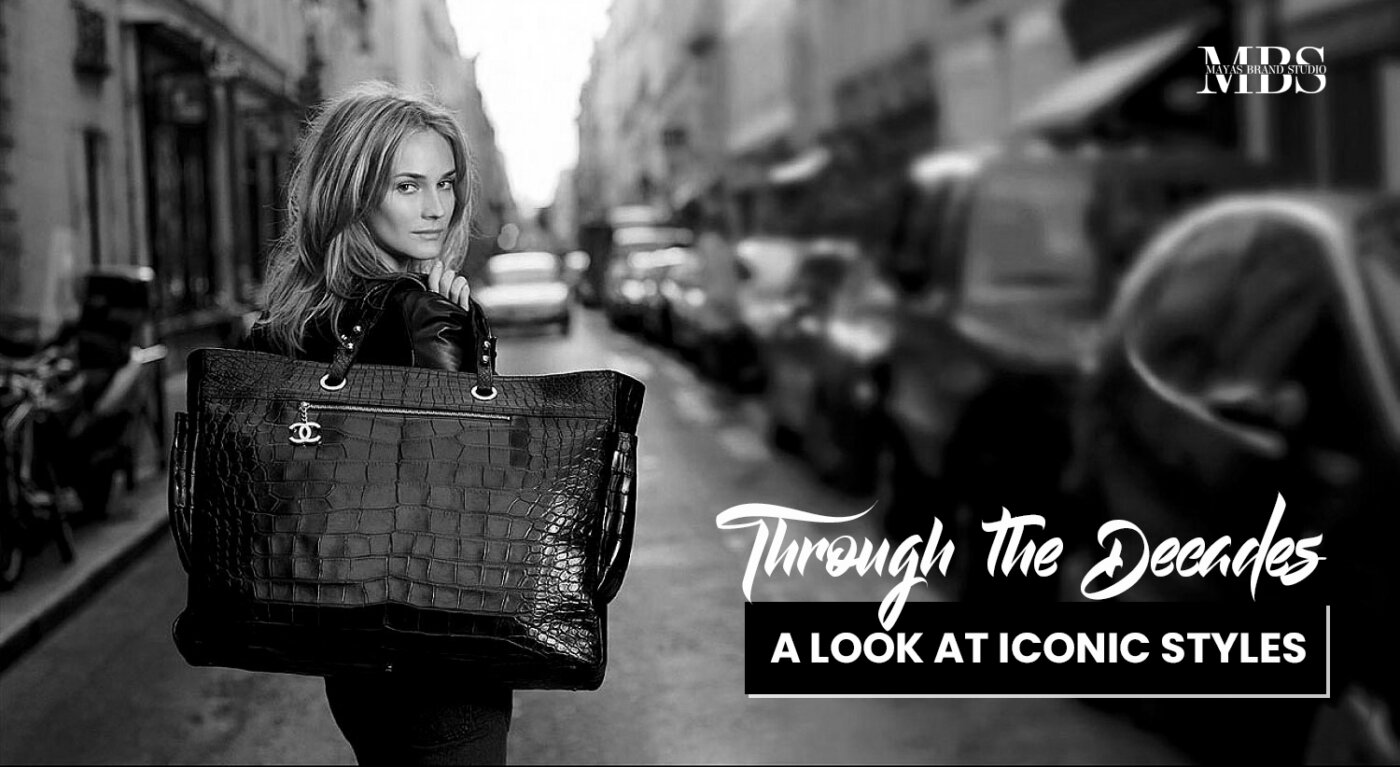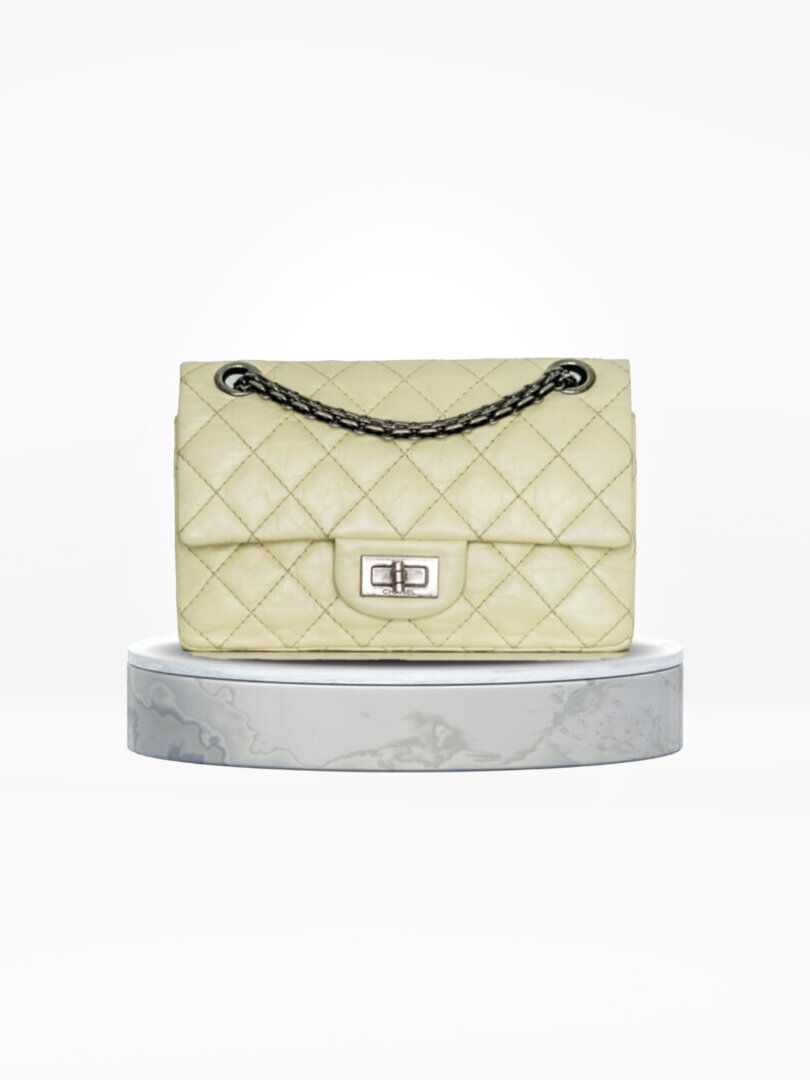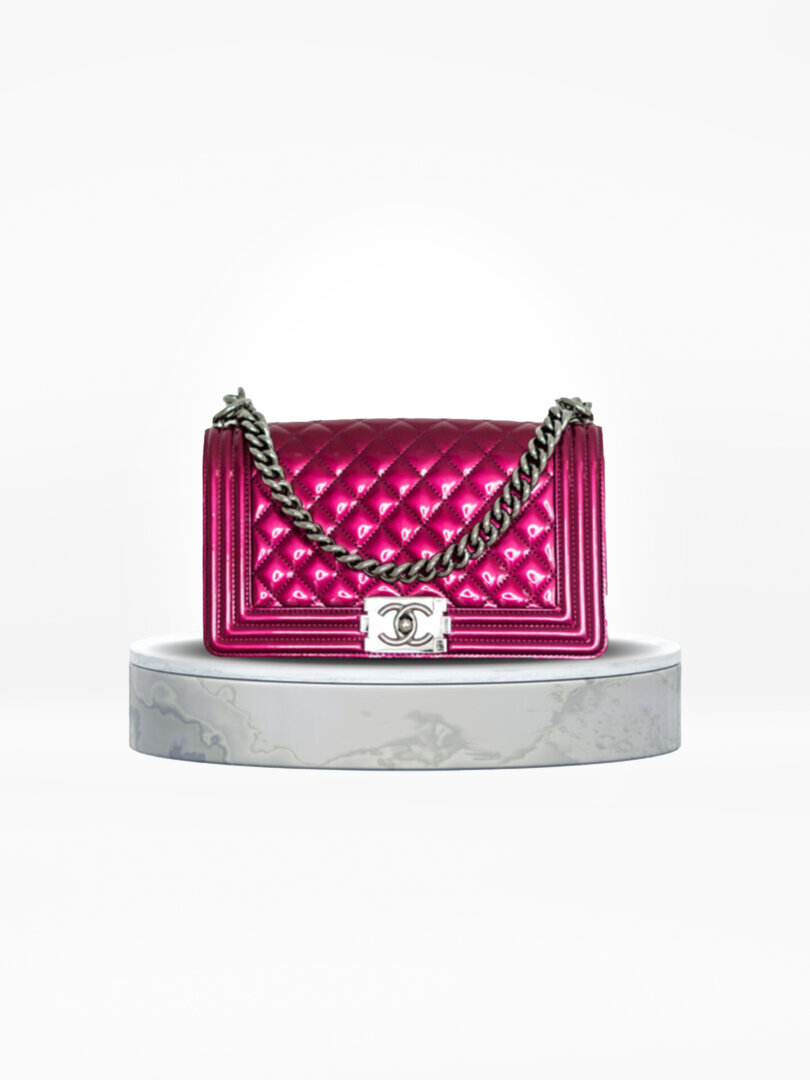At Chanel, the iconic fashion house, the handbag is not just a mere accessory but a symbol of timeless style and luxury fashion. Since the founding of the brand by Gabrielle “Coco” Chanel in the early 1900s, Chanel Handbags have become synonymous with classic designs, vintage fashion, and high-end fashion accessories. Let’s take a trip down fashion history to explore the evolution of Chanel bags through the decades, showcasing the designer’s enduring influence on the fashion world.
The 1920s – The Birth of the Chanel Bags
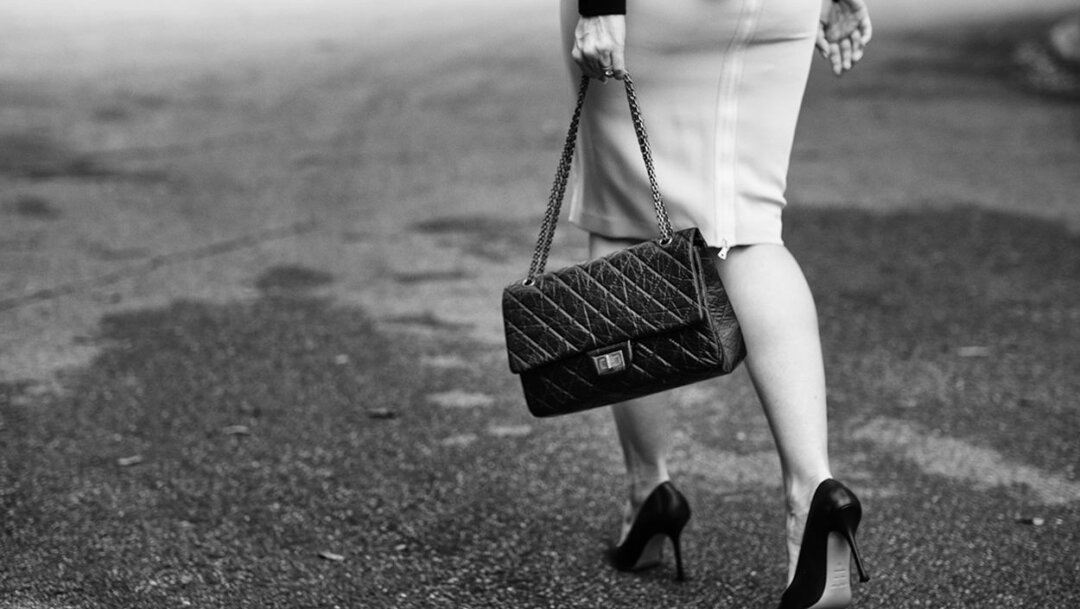
The 1920s marked the beginning of a new era of fashion, as the flapper style emerged, and women began to express their newfound independence. During this period, Chanel introduced its first-ever handbag, the Chanel 2.55, in 1929. The bag, named after the date of its creation, February 1955, was an instant success and remained a fashion icon to this day. The bag was created with the modern woman in mind, who needed a functional and stylish bag. The bag was an instant success and has been a symbol of luxury and sophistication ever since.
The Chanel 2.55 bag is available in various materials, including lambskin, caviar leather, and patent leather. Each material offers its own unique look and feel, making it easy to find a bag that fits your style. It is a bag that can be worn for any occasion, making it a smart investment for anyone looking to add a high-end bag to their collection. Also, this kind of design will always stay in style, and its timeless design and quality craftsmanship ensure that it will remain a coveted item for generations to come.
The bag’s design was revolutionary for its time, featuring a long chain strap that allowed the wearer to carry it on her shoulder, leaving her hands free. It also had a signature quilted design and a double flap closure, which provided both style and function. The bag’s practicality and timeless style made it a hit among women who wanted to look chic and sophisticated while still being able to carry their everyday essentials.
The 1930s and 1940s – The Expansion of Chanel Handbags
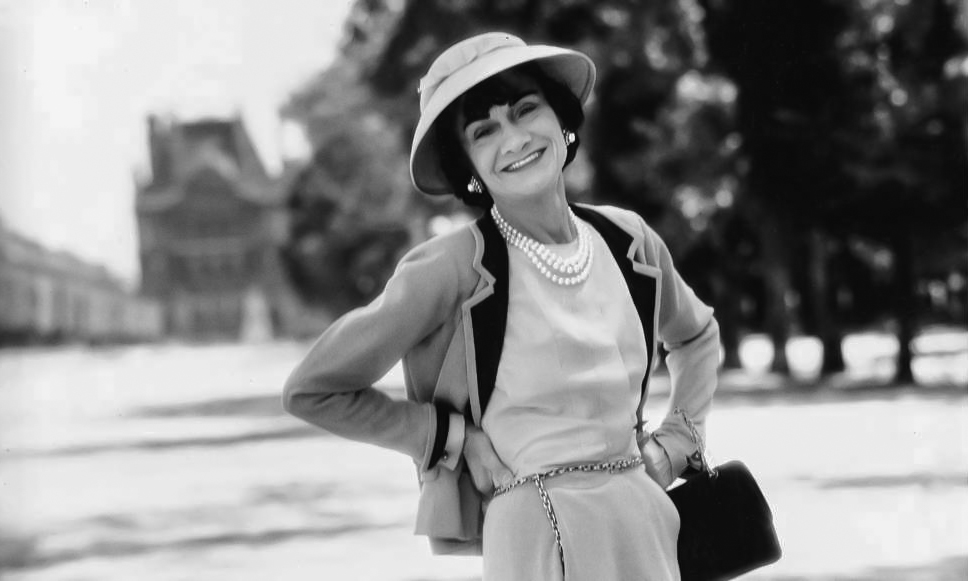
In the 1930s and 1940s, Chanel expanded its handbag line with new designs, such as the Chanel Minaudière, a small, jewelled clutch perfect for formal events. The Minaudière was a departure from the larger, more practical bags of the 1920s, but it still embodied the elegance and sophistication that were the hallmarks of Chanel’s style.
During World War II, materials were scarce, and Chanel had to get creative with its designs. They began incorporating unconventional materials into their handbags, such as cork, raffia, and paper. Despite the limited resources, Chanel continued to innovate and produce designer bags that remained true to its aesthetic.
The 1950s – The Chanel 2.55 Reimagined
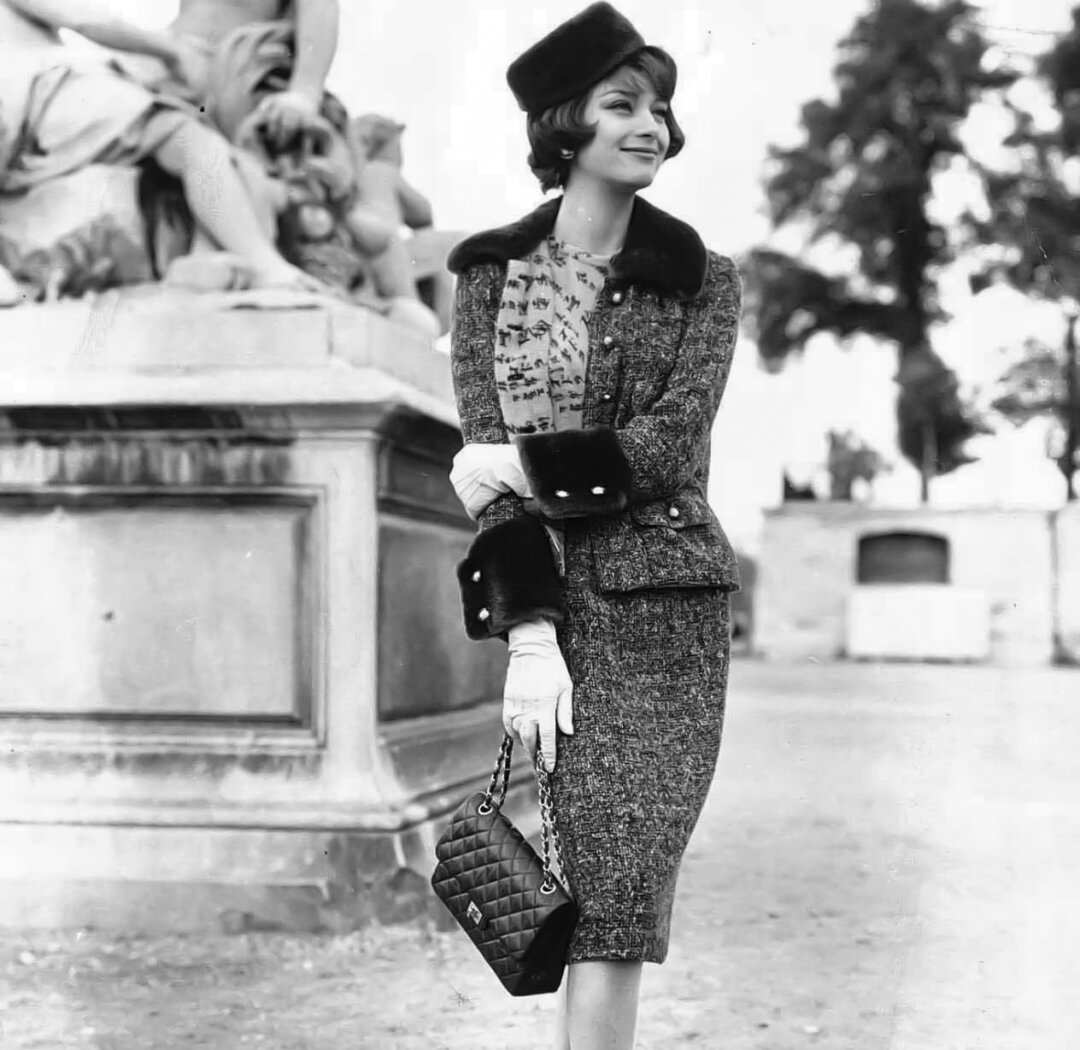
In the 1950s, Chanel reimagined its iconic 2.55 bag, updating it with a new twist-lock closure and a more structured shape. The bag, now known as the Chanel Classic Flap Bag, has become one of the world’s most recognizable and sought-after designer bags. The Classic Flap Bag’s design is similar to the 2.55, with its quilted leather and chain strap, but its updated features have made it a more modern and versatile bag. It is available in various sizes, colours, and materials, making it a staple in any fashion-conscious woman’s wardrobe.
The 1960s and 1970s – The Boy Bag and Beyond
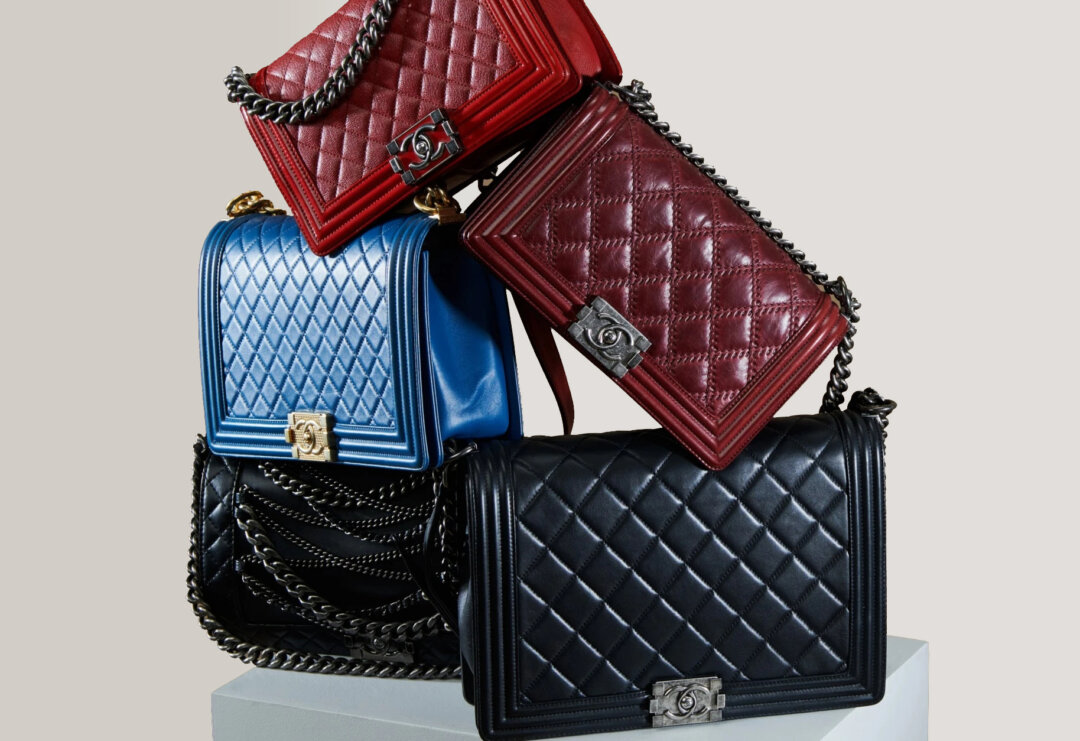
In the 1960s and 1970s, Chanel continued to expand its handbag line, introducing new designs such as the Chanel Bucket Bag and the Chanel Shoulder Bag. But it was in the 21st century that the brand unveiled its next iconic bag: the Chanel Boy Bag.
The Boy Bag, introduced in 2011, departed from the classic quilted designs of Chanel’s earlier bags. It featured a more structured, rectangular shape and a chunky chain strap. The Boy Bag quickly became a favorite among fashion bloggers and celebrities, and its popularity shows no signs of slowing down.
The 2000s-Present: New Designs and Contemporary Styles
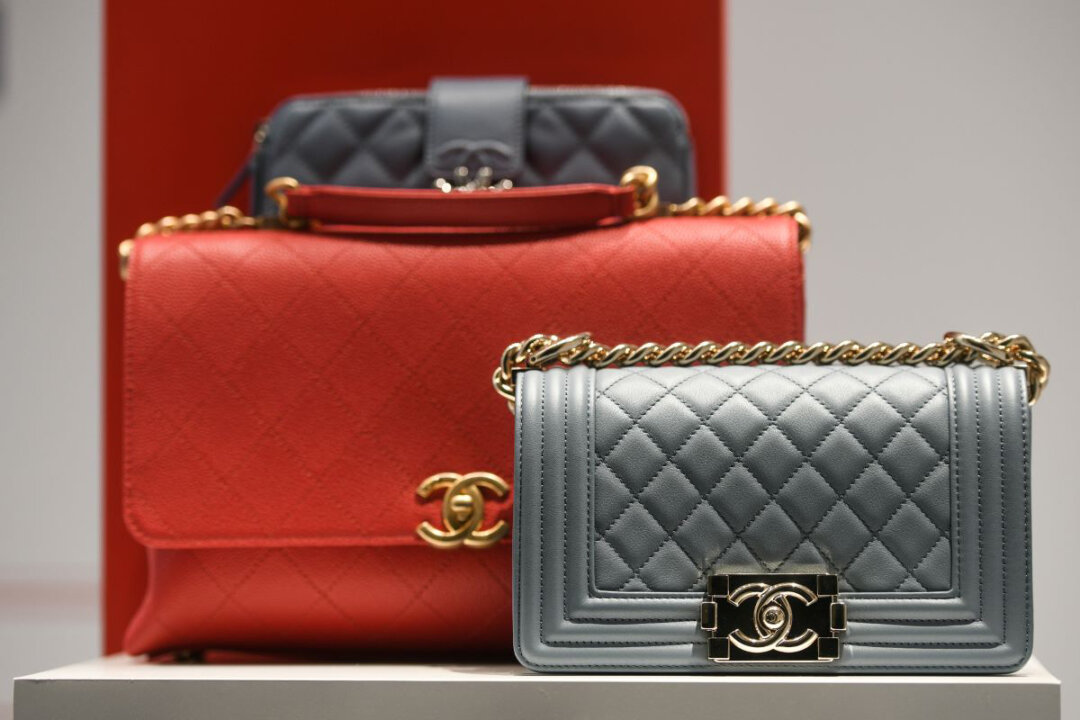
In the 1960s and 1970s, Chanel continued to expand its handbag line, introducing new designs such as the Chanel Bucket Bag and the Chanel Shoulder Bag. But it was in the 21st century that the brand unveiled its next iconic bag: the Chanel Boy Bag.
The Boy Bag, introduced in 2011, departed from the classic quilted designs of Chanel’s earlier bags. It featured a more structured, rectangular shape and a chunky chain strap. The Boy Bag quickly became a favorite among fashion bloggers and celebrities, and its popularity shows no signs of slowing down.
One of the unique features of the Gabrielle Bag is its versatile design. The bag can be worn in several different ways, including as a shoulder bag, a crossbody bag, or a backpack. The bag’s chain strap is adjustable, making it easy to customize the fit to your body.
The Gabrielle Bag is available in several different sizes and materials, including leather and tweed. The bag’s shape is reminiscent of a camera bag, with a rectangular base and rounded top. The bag’s minimal hardware has a simple double-C logo closure and chain strap.
Recently, in 2019 The 19 Bag was introduced and is named after the year the original Chanel 2.55 bag was created. The 19 Bag is a modern take on the Classic Chanel Bag, with a boxy shape and bold hardware.
The 19 Bag features a double flap design, like the 2.55 bag, but with a more contemporary feel. The bag’s hardware is chunky and eye-catching, with a large CC turn-lock closure and chain strap.
The 19 Bag is available in several different sizes and materials, including leather, tweed, and exotic skins. The bag’s shape is structured and modern, with clean lines and minimal embellishments.
Final Thoughts
In conclusion, understanding the history and evolution of Chanel bags is essential for fashion enthusiasts and those in the fashion industry. By appreciating the craftsmanship and heritage of each design, individuals can make informed purchasing decisions and create new designs that honor the brand’s legacy. With Chanel’s commitment to sustainability, the brand’s relevance will continue to grow, making Chanel Bags an investment piece for years.

